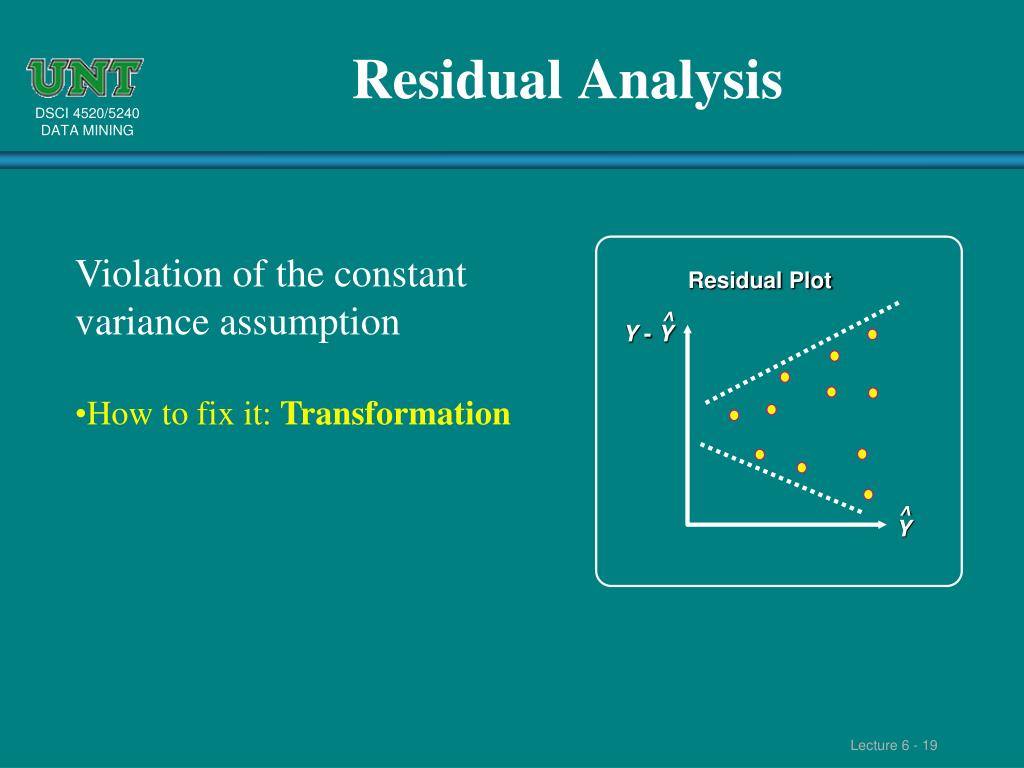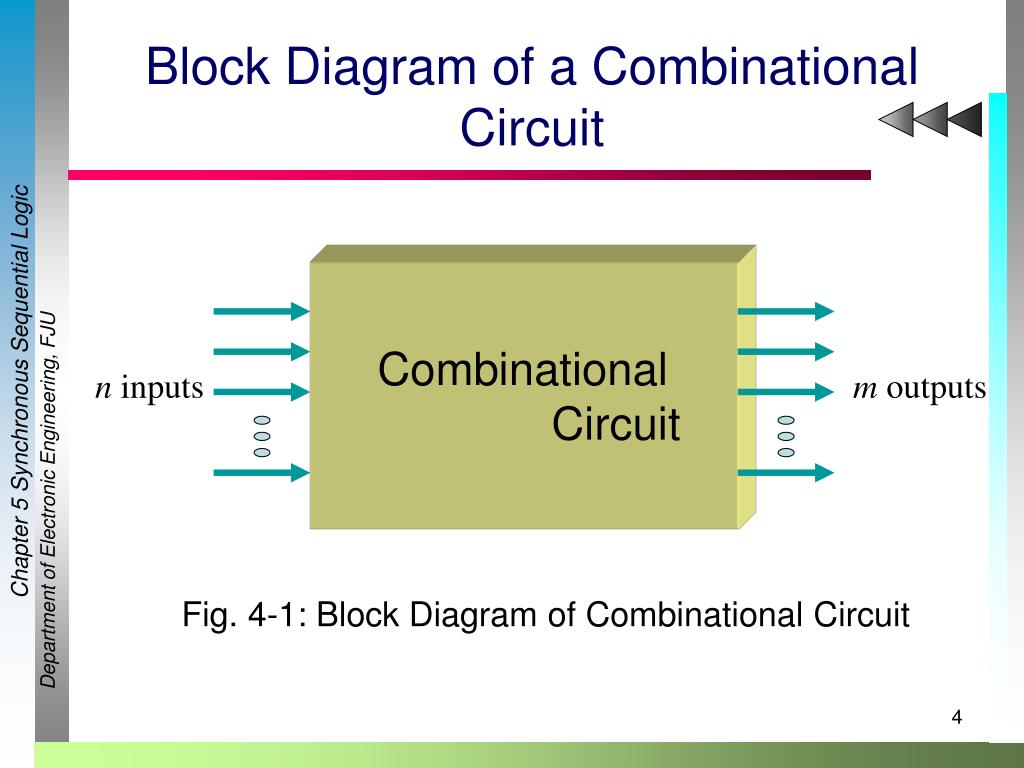

In the remainder of this section, I discuss the SAS implementation of the stepwise methods. I detail why these methods are poor, and suggest some better alternatives. One additional problem is that the methods may not identify sets of variables that fit well, even when such sets exist Miller (2002). Put in another way, for a data analyst to use stepwise methods is equivalent to telling his or her boss that his or her salary should be cut. Most devastatingly, it allows the analyst not to think. This means that your parameter estimates are likely to be too far away from zero your variance estimates for those parameter estimates are not correct either so confidence intervals and hypothesis tests will be wrong and there are no reasonable ways of correcting these problems.

Parameter estimates are biased away from 0. p-values are too low, due to multiple comparisons, and are difficult to correct.

Consequently, the confidence intervals around the parameter estimates are too narrow. The standard errors of the parameter estimates are too small. The F statistics do not have the claimed distribution. The essential problems with stepwise methods have been admirably summarized by Frank Harrell (2001) in Regression Modeling Strategies, and can be paraphrased as follows: 1. Stepwise methods are also problematic for other types of regression, but we do not discuss these. I show how they can be implemented in SAS (PROC GLMSELECT) and offer pointers to how they can be done in R and Python. In particular, I discuss various stepwise methods (defined below).


 0 kommentar(er)
0 kommentar(er)
